Why underrated Cincinnati is the place to pursue every American dream - Scotland on Sunday Travel
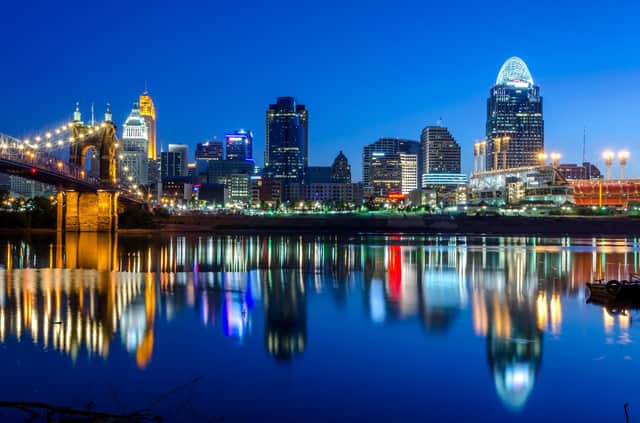

I feel like I’m stepping into an indoor mini Las Vegas of the Fifties, flashing neons in vibrant reds, blues and greens lighting up an avenue of Americana.
Anyone remember the McDonald’s sign when it only had one arch, not two, and Speedee was its mascot before Ronald came along?
Advertisement
Hide AdAdvertisement
Hide AdOr the famous Howard Johnson’s motel chain sign with the surrounding neon arrow lighting up to point you in the right direction?
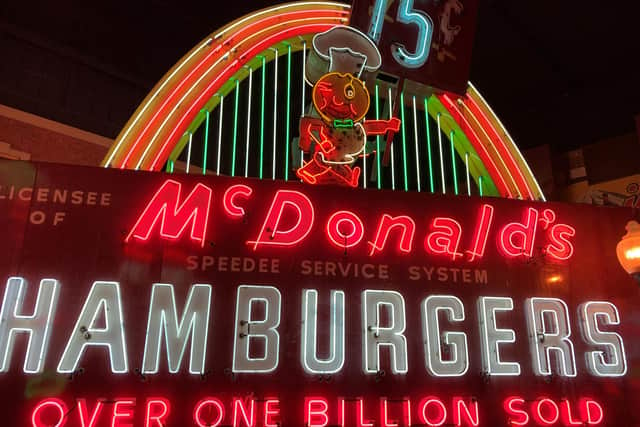

You can find them in a recreation of a typical main street USA, with shop windows full of sign-related curiosities, at the American Sign Museum (americansignmuseum.org; entrance $15/around £12) – which is undergoing a major extension to double its size by next spring.
It’s tucked away in Camp Washington, a 10-minute drive from downtown Cincinnati, Ohio, a city which has up to now largely fallen under the radar of British tourists.
But the city is opening up, as the only direct flight between the UK and Cincinnati has just been launched by British Airways. It’s eight hours and 40 minutes away, but once there, you can access Ohio, Kentucky and Indiana.
Affectionately nicknamed “Cincy”, or the Queen City, Cincinnati is home to museums, more than 50 breweries and the US’s largest Oktoberfest, an extravaganza of German music, food and beer. It also serves as a gateway to Northern Kentucky and its famous bourbon trail, rolling hills and bluegrass music.
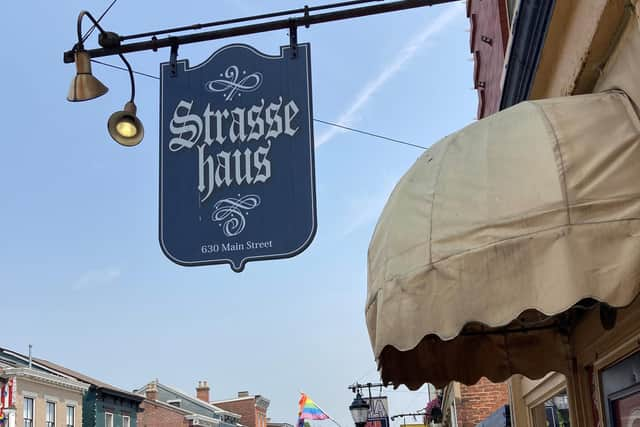

Much of the city is walkable, although you can take its streetcar (a tram) for free if your legs are aching.
The city, in the Mid-West, rests on the banks of the Ohio River, but cross the John A Roebling Suspension Bridge and you’re crossing the state line into Northern Kentucky on the south bank.
It’s here that we’re staying at luxury apartment-style rooms in North by Hotel Covington (hotelcovington.com, rooms from $219 (£174) based on two sharing). It’s a new extension to the acclaimed original hotel in the leafy historic neighbourhood of Covington, where the Ohio and Licking rivers converge.
Advertisement
Hide AdAdvertisement
Hide Ad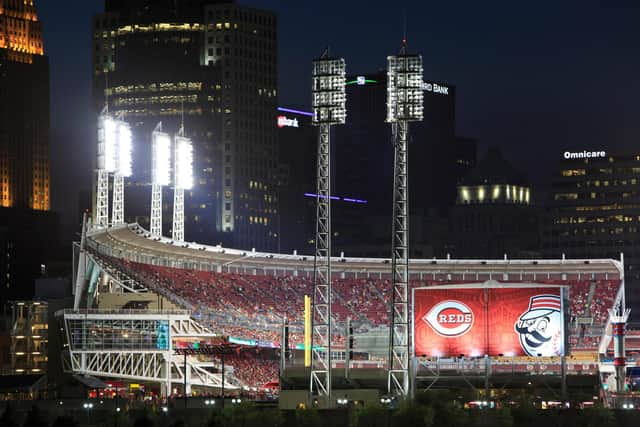

The bridge, which opened in 1867, is painted a cheery shade of blue and was a prototype for the famed Brooklyn Bridge in New York.
But the stand-out architecture of the city doesn’t end there. Picturesque tree-lined avenues with 19th-century houses and a wealth of Italianate architecture – tall, narrow houses in colours ranging from mulberry to sky blue – feature in many areas of the city, including Over-the-Rhine on the Ohio side, a district which has much German influence, from its street signs to its breweries, sausages and craft beer.
The Italianate houses were built in a style that reminded German immigrants of home when they flocked to the city searching for new opportunities. By 1850, around 50% of Cincinnati’s population was of German stock.
Covington has a quieter feel to it than downtown Cincinnati on the Ohio side, where the famous Cincinnati Reds baseball stadium and Cincinnati Bengals American football stadium sit by the river.
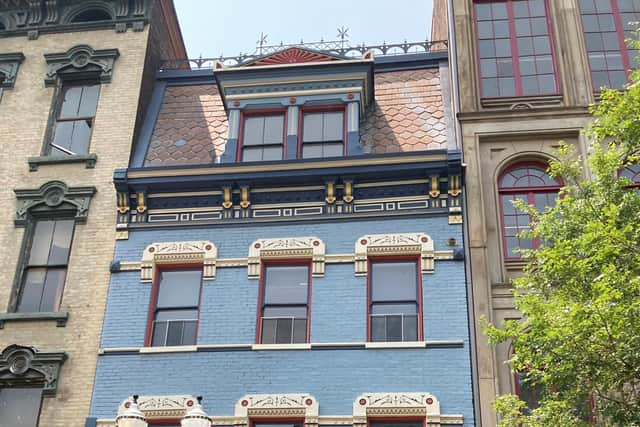

Some 95% of bourbon serving the US is made in Kentucky, so we head for a private bourbon tasting at New Riff Distilling in Newport, where head single ambassador Creola Dickerson shows us the rickhouses where the barrels are stored and explains that no flavourings can be added because then it becomes whiskey.
Heading for the tasting room, we sample three different types of the amber liquid – it all tastes like firewater to me but I’m a novice – and are asked for our sensory evaluations. It’s good fun as guests muse over the proof and tasting notes but I fail to contribute. I’m better on food.
The city received the nickname ‘Porkopolis’, as it was the leading meat-processing centre in the US in the early 1800s.
First up is a taste of the city’s trademark chilli at Skyline (skylinechili.com). Founded in 1949 by a Greek immigrant who used his mother’s recipe, it’s reputedly the best diner chain for this fast-food staple.
Advertisement
Hide AdAdvertisement
Hide AdSignature ‘3-way’ is chilli on a bed of spaghetti topped with grated, rather orange, cheddar cheese (from $6.10/£4.85). Our guide advises us to ask for it dry – a process involving the chef tossing the chilli and spaghetti upside down to drain the liquid from it, before upending it and adding the cheese.
Meanwhile, 4-way features added diced onions or beans, 5-way both. It’s – how do I put it politely? – interesting.
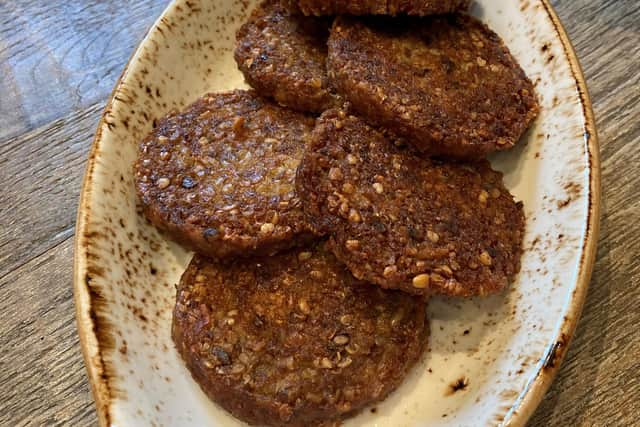

You’ll also find the city’s trademark goetta, a meat and grain patty, often served at breakfast, tasting a bit like haggis, which originated in the 19th century when German immigrants used scraps from the butcher’s to stretch their budget.
In July and August, locals stage a riverside Goetta Festival to celebrate all things this sausage-like snack has to offer.
The city’s also the birthplace of famous foods including Frank’s RedHot Sauce, neon-coloured Slush Puppies and, most notably, Pringles. The inventor, chemist Fredric Baur, was so proud of having designed the container for Pringles crisps that he asked his family to bury him in one, so some of his ashes are reportedly now in an ‘Originals’ tube in his grave in Pennsylvania.
Still on the food trail, Findlay Market, in the heart of the Over-the-Rhine neighbourhood and the oldest public market in Ohio, is the hub of local food and if you join a food tour you’ll get to try samples too.
Barb Cooper, founder of Cincinnati Food Tours (90-minute tours including five samples $39/£31), explains: “It was predominantly started by Germans in the mid-late 1800s but today it’s very diverse and there’s a big sense of community.”
The red iron beams still hold up the market’s original construction of 1852, to house its community of family businesses, while outdoor pop-ups appear at weekends, opposite arts and craft outlets and flea markets.
Advertisement
Hide AdAdvertisement
Hide AdWe venture into Dean’s Mediterranean Imports (mediterranean-imports.com), run by a Lebanese family selling delicacies including more than 30 types of olive, hummus (they make 10 gallons of it a week), cashew nuts roasted on site and a cornucopia of spices in glass canisters behind the till. It’s an Aladdin’s cave of deliciousness, with a mouthwatering samosa to take away.
A bowl of Cincinnati chilli is offered at another stand, while for dessert there’s a substantial banana pudding from a fellow vendor. You won’t need lunch.
Cincinnati grew up in the late 18th century after the American Revolution, when people started to move from Pennsylvania in the east to the ‘Wild West’, making their way downstream on the Ohio River on rafts.
The river, which stretches 981 miles from Pennsylvania to Illinois, forms the state line, where historically the southern state of Kentucky supported slavery, while the northern state of Ohio didn’t.
Many slaves attempted to flee Kentucky across the river to African American sympathisers with access to safe houses on the Ohio side, but slave owners were still allowed to hunt down and retrieve their human property, so no one was safe.
You can explore this history in the impressive National Underground Railroad Freedom Center (adults $16.50/£13; freedomcenter.org), three floors which examine the nation’s slavery – and Britain’s early involvement with the slave trade – featuring mock-up living conditions, and even a full-sized slave pen used to temporarily store slaves earmarked to be sold in the South, found on a farm in Kentucky and reconstructed at the museum.
Back in the open air, street art is big here, with a mural around every corner, a nod to musicians, community figures as well as random artwork, lifting the mood and raising a smile.
The signs are all there – neon, Italianate, museums, street art, bourbon, beer and chilli – finally putting Cincinnati on the map.
Fact box
Advertisement
Hide AdAdvertisement
Hide AdBritish Airways (ba.com) flies direct to Cincinnati from London Heathrow five days a week in summer, four in winter, with return fares from £498.
For more information on Cincinnati go to visitcincy.com